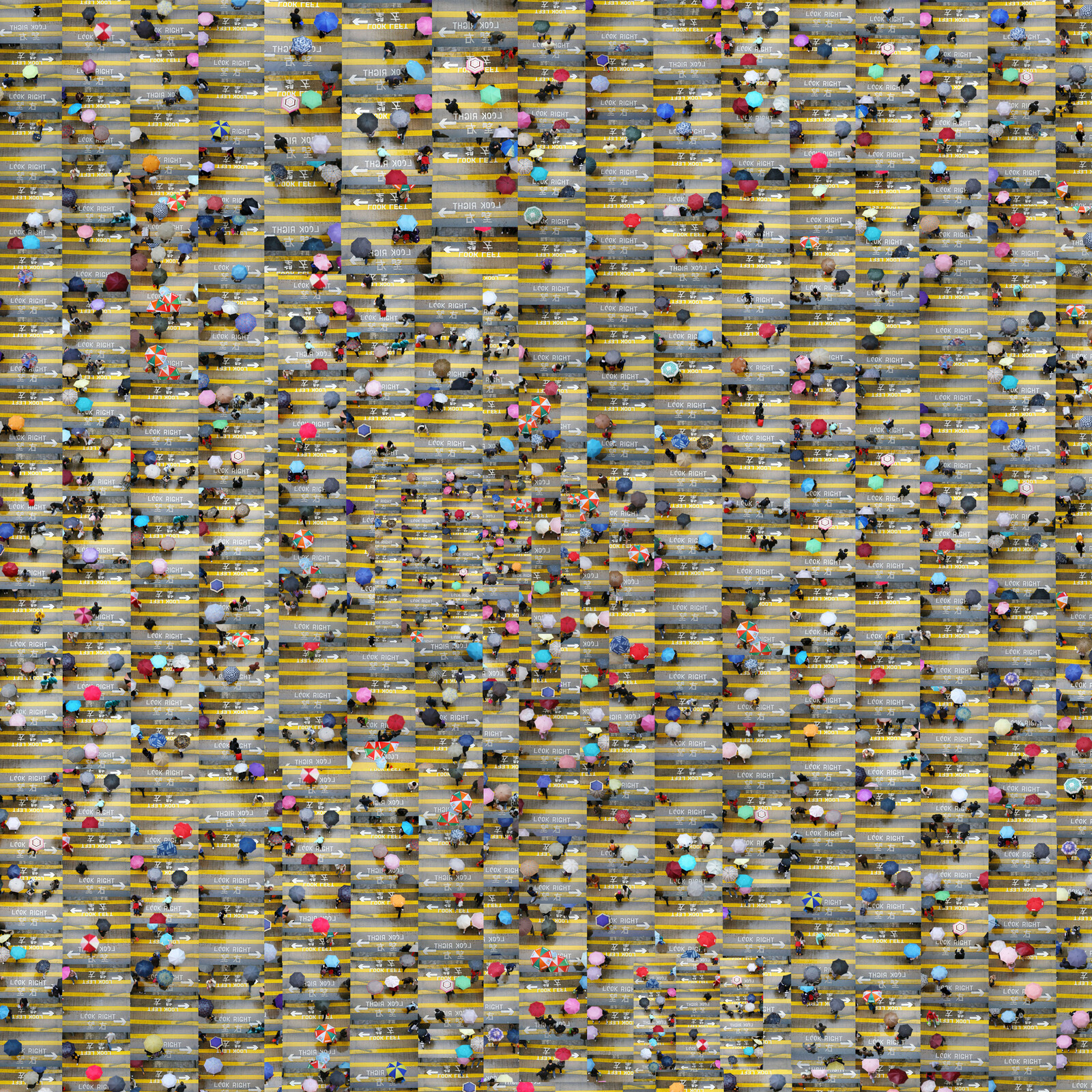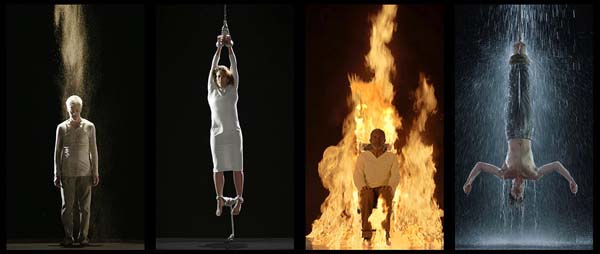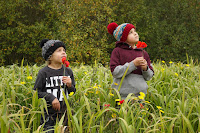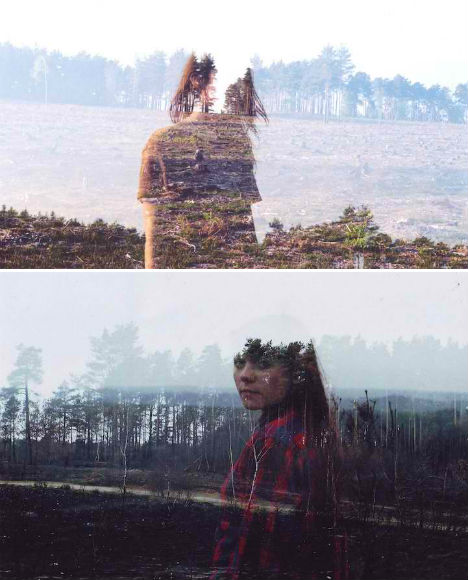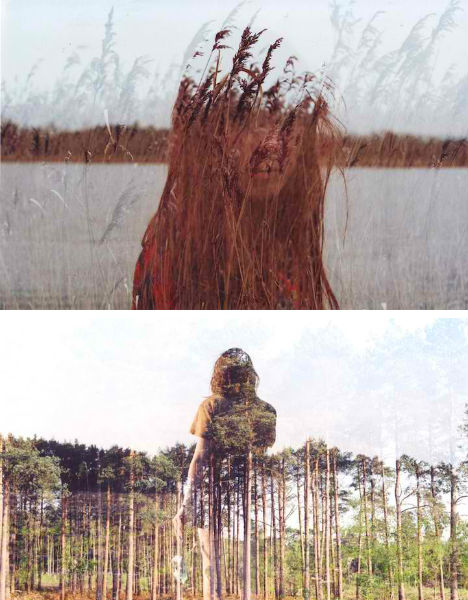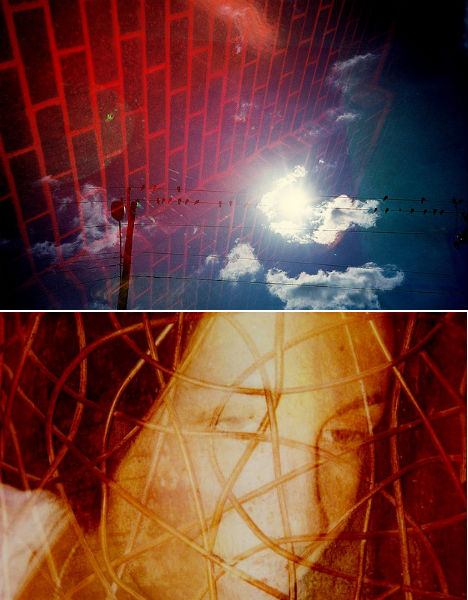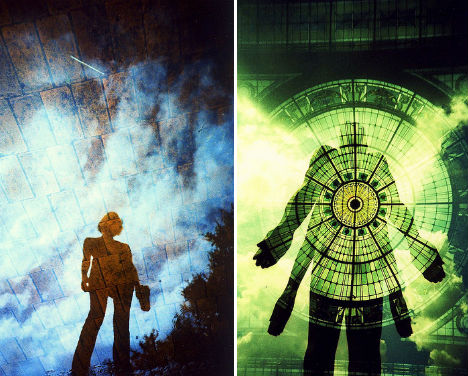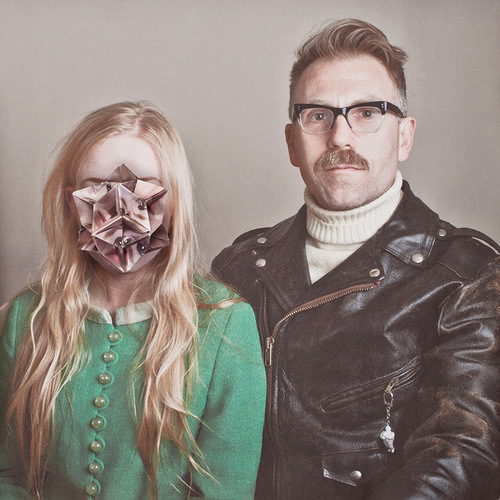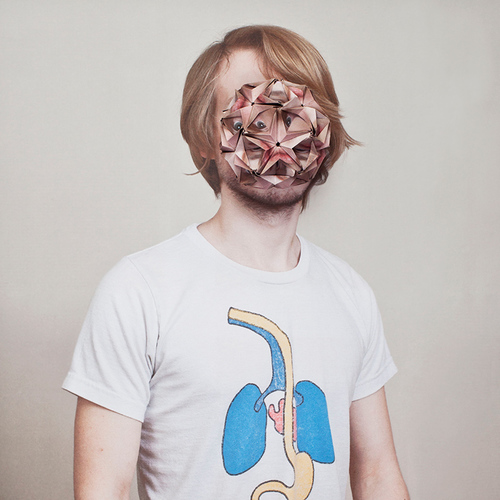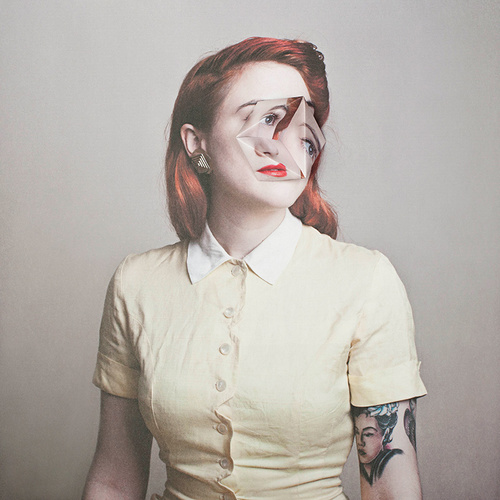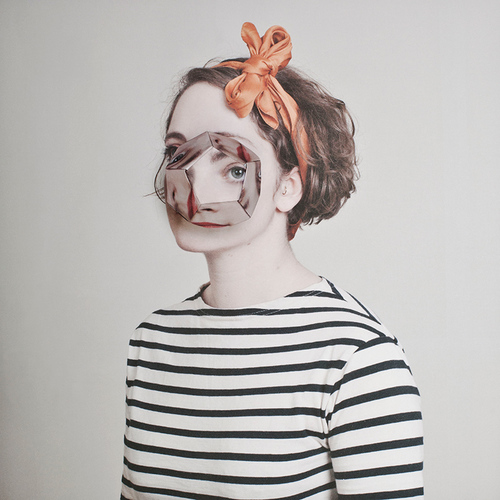Stop motion is an animation technique that physically manipulates an object that appears to move on its own. The object is moved in small increments between individually photographed frames, creating the illusion of movement when the series of frames is played as a continuous sequence. Dolls with movable joints or clay figures are often used in stop motion for their ease of repositioning. Stop motion animation using plasticine is called clay animation or "clay-mation". Not all stop motion requires figures or models; many stop motion films can involve using humans, household appliances and other things for comedic effect. Stop motion using objects is sometimes referred to as object animation. https://en.wikipedia.org/wiki/Stop_motion
I will be trying out stop frame animation for myself. But before I go into the technique I'll be looking at some stop frame animation videos, and researching how to create a good piece of stop frame.
The point of animation is to break the rules, its a playful technique which breaks the rules of reality.
There's a video I watched by Norman Mclaren from 1952 which uses stop frame and video combined. The video is called neighbours which came about in the 1950's.
Sound for this particular animation is the most important thing. The animation goes along with the animation the sounds add to the piece and make it have a more atmospheric mood to it.
The animation is both deep and funny together with an underlining message within it. They initially forgot about what they were fighting over (the flower), that became unimportant to them. Their main focus was to keep harming each other, throughout the animation their face gets painted in black face paint this is resemble the evil within coming out. The darkness from in their soul coming to surface the more they inflict pain and misery on one another. The colour from the actual animation drains away becomes more saturated as the story unfolds this also goes with their mood and action, as they become more darker within themselves the colour of the animation is less vibrant and happy.
The irony actually is that the same flower they argue and fight over grows on top of their graves in the end.
Below is another animation I looked at by Jan Svankmajer he done a series of animations called Food, the one I selected is Breakfast!
Food is a 1992 Czech animated short film directed by Jan Švankmajer that uses claymation and pixilation. It examines the human relationship with food by showing breakfast, lunch, and dinner. https://en.wikipedia.org/wiki/Food_(film) 15.12.2015
In this animation Jan challenges the ideas of communism, things we take for granted in a time when things were massively controlled. The people are portrayed as machines they become the state. People feeding people where everyone has the same everything even same meal no exceptions. In the end of the animation you see a long line queuing up for the next one to go in for the same meal, again representing the control over these people.
Combing animation and video together - Peter Gabriel Sledgehammer
https://www.youtube.com/watch?v=OJWJE0x7T4Q
This is another video I looked at it has a wide range of techniques going off in the video, including pixel, clay and video. The piece is truly outstanding in which he has created this piece.
This has excited me to try out facial expression animations with the kids at home, I was thinking of some sour sweets and then photograph them to put into an animation. With the sour sweets I will get some really weird and fast changing expressions which should make some interesting pieces.
First attempt at stop frame animation was a self decorating tree, I worked on this with Shannon. Firstly we had the lights creeping up the branches taking two photographs at each step only moving the lights bit by bit. Once the lights reached the top we then did the same with the tinsel taking the images bit by bit again. After all the images were taken I used After Effects to put the animation together.
By Shannon & Leonie
I attempted another go at stop frame animation giving sour sweets to my son and watching his facial expressions.














